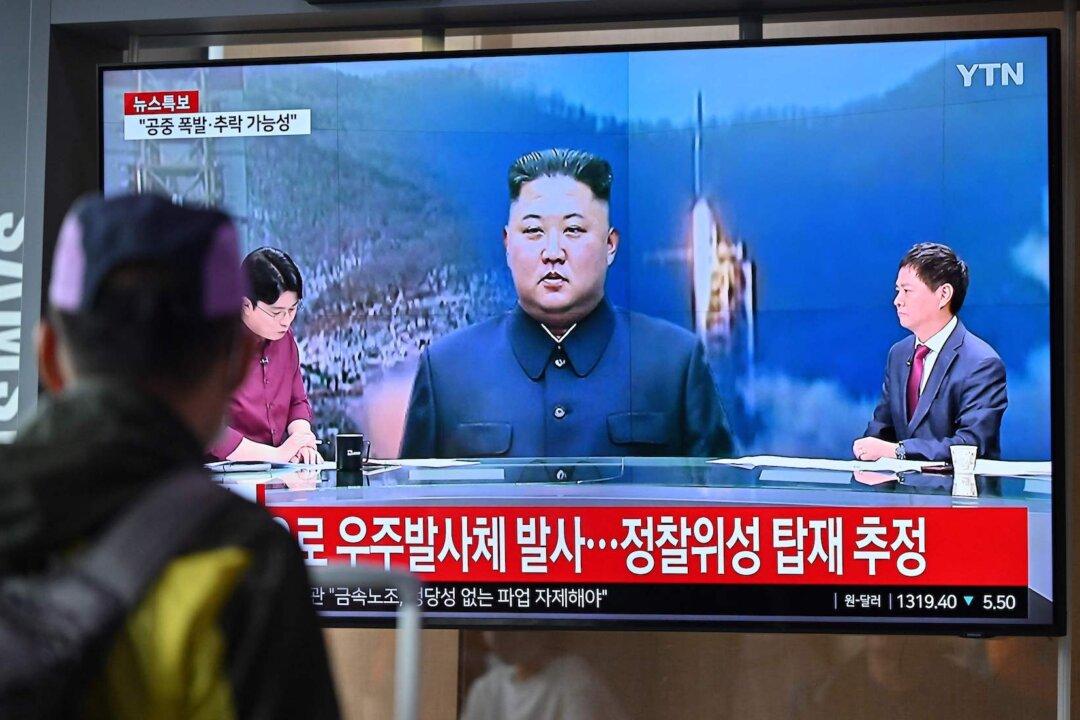North Korean leader Kim Jong Un vowed on Aug. 29 to bolster his navy’s combat readiness with nuclear capabilities as the United States, Japan, and South Korea began their trilateral ballistic missile defense drills.
During a visit to the North Korean navy headquarters, Mr. Kim said that military units of different services “would be equipped with new weaponry according to the policy of expanding the tactical nuclear weapons operation.”





